36,000 Transactions That Transformed Regional Trade

This year, we celebrate 20 years of the Trade Finance Facilitation Program (TFFP) by IDB Invest. Since its inception in 2005, it has been a key pillar in strengthening foreign trade and supply chains in Latin America and the Caribbean.
Over these two decades, we have worked continuously to improve access to financing, support the internationalization of companies, and ensure liquidity during times of volatility and uncertainty.
Four Areas Ports Can Work on to Successfully Navigate the Future

In today's interconnected economy, logistical efficiency is a cornerstone of economic progress, and the port sector plays a vital role within the supply chain.
Ports are a key link in the global supply chain, being the entrance to supplies for the local industry and imports for countries as well as key to exporting raw materials, agricultural commodities, intermediate and finished goods to external markets.
Six Cutting-Edge Technologies to Accelerate Financial Health

This week, IDB Invest will participate in the 9th Annual Microfinance Conference in Costa Rica.
Restoring Brazil's Rainforest Can Power an Environmental and Economic Transformation

Restoring lands represents a major opportunity to boost the local economy and support the development of surrounding communities.
Estimates suggest that restoration activities can generate, on average, 0.42 jobs per hectare, reinforcing their potential as a driver of local development.
At the same time, it contributes to preserving natural capital and mitigating the effects of droughts, floods, and other weather conditions.
Data Centers and the Future of Competitiveness in Latin America

Every time you send a message, make an online purchase, or stream a show, a data center makes it possible.
Though invisible in our daily lives, these technological facilities support all our digital activity.
From AI-powered applications to cloud platforms enabling e-commerce, the digital economy relies entirely on this technological infrastructure.
However, in Latin America, data centers have a strategic value far beyond technology, becoming a key factor in regional economic development.
View more posts
Footer
Blog posts written by Bank employees:
Copyright © Inter-American Development Bank ("IDB"). This work is licensed under a Creative Commons IGO 3.0 Attribution-NonCommercial-NoDerivatives. (CC-IGO 3.0 BY-NC-ND) license and may be reproduced with attribution to the IDB and for any non-commercial purpose. No derivative work is allowed. Any dispute related to the use of the works of the IDB that cannot be settled amicably shall be submitted to arbitration pursuant to the UNCITRAL rules. The use of the IDB's name for any purpose other than for attribution, and the use of IDB's logo shall be subject to a separate written license agreement between the IDB and the user and is not authorized as part of this CC- IGO license. Note that link provided above includes additional terms and conditions of the license.
For blogs written by external parties:
For questions concerning copyright for authors that are not IADB employees please complete the contact form for this blog.
The opinions expressed in this blog are those of the authors and do not necessarily reflect the views of the IDB, its Board of Directors, or the countries they represent.
Attribution: in addition to giving attribution to the respective author and copyright owner, as appropriate, we would appreciate if you could include a link that remits back the IDB Blogs website.
To learn more about cookies, click here

